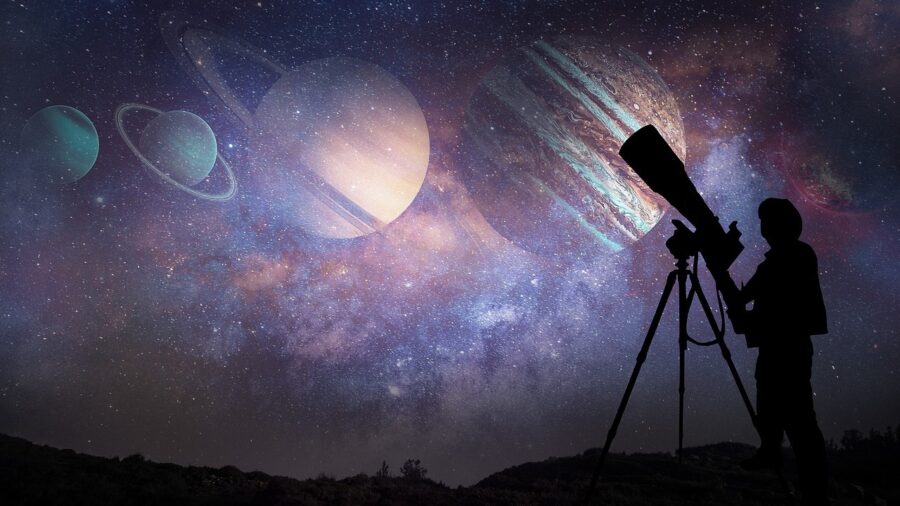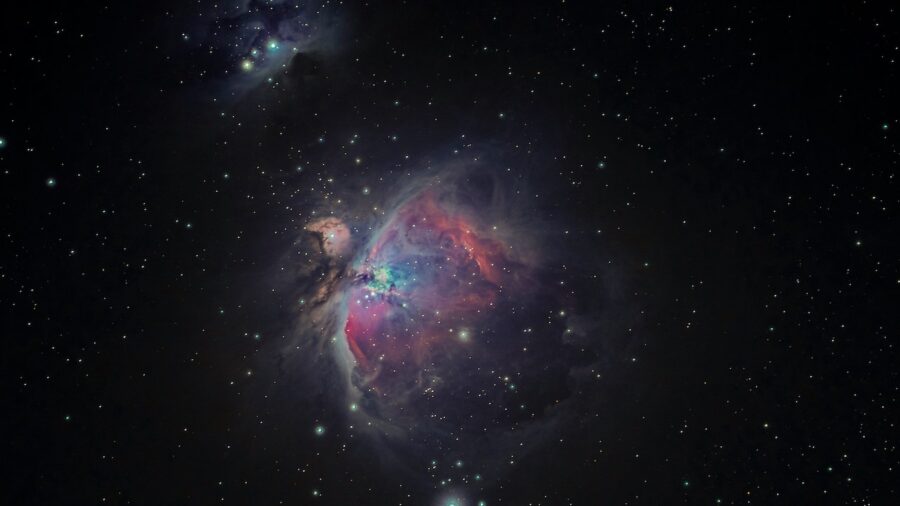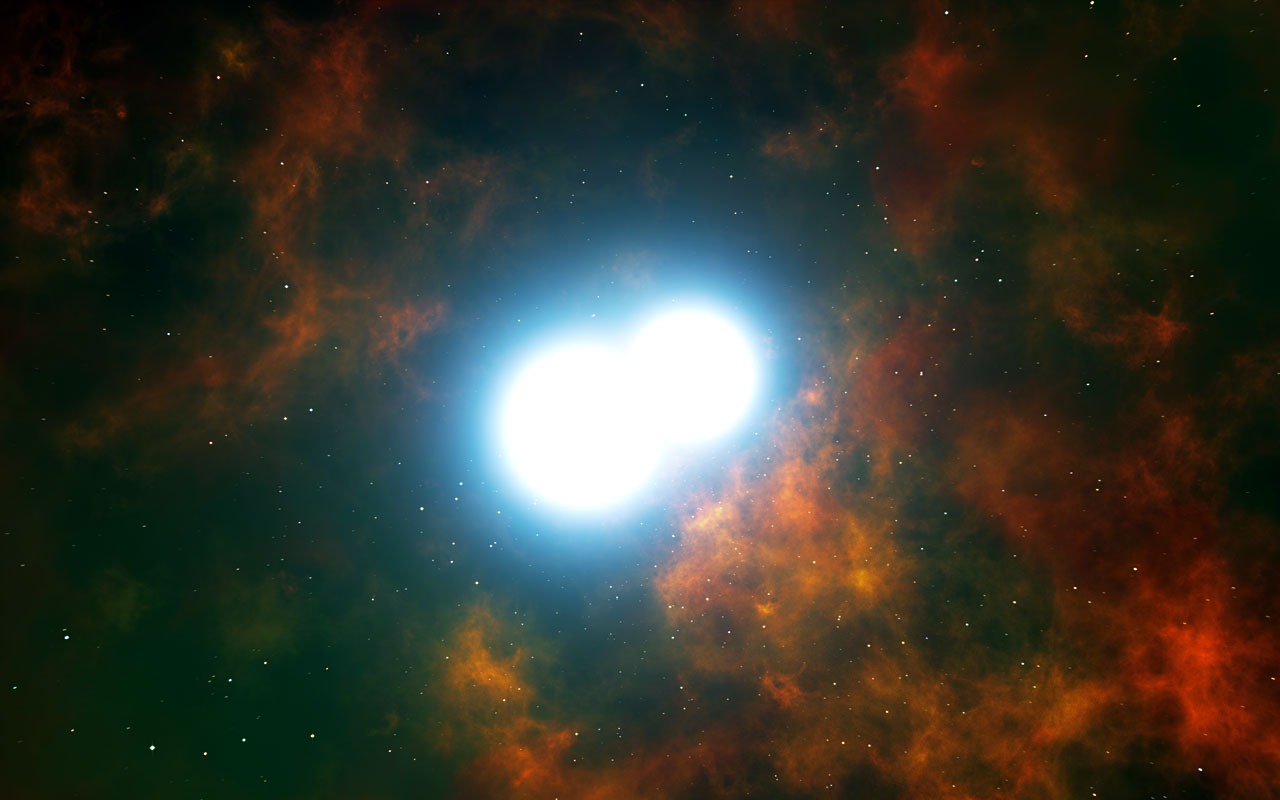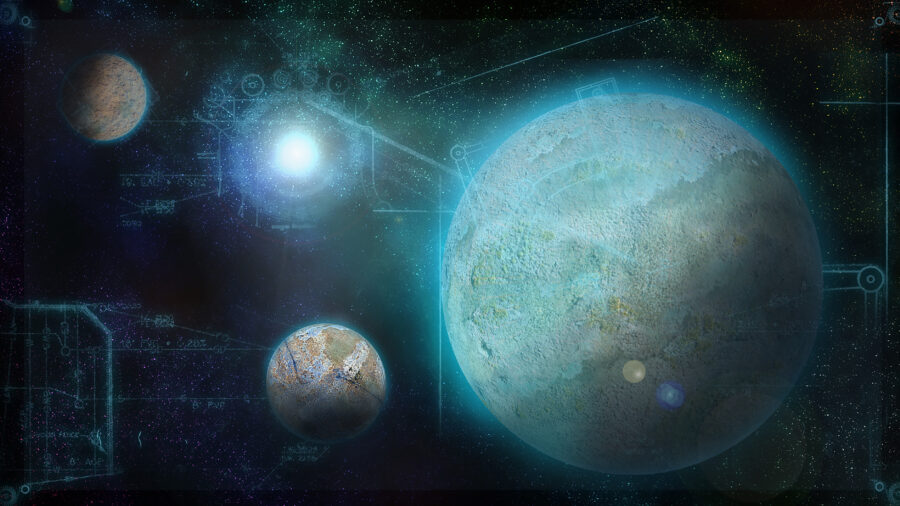NASA Discovers Rogue Planet Heavy As 10 Earths

It’s an unprecedented cosmic event straight out of sci-fi: NASA’s Transiting Exoplanet Survey Satellite (TESS—great acronym) identified a rogue planet, one liberated from the gravitational influence of any star.
However, the rebel planet sports an unfathomably heavy mass, potentially ten times that of Earth. The discovery constitutes a significant breakthrough for TESS; given the recent wave of NASA naysayers in the US Government, the satellite’s unique capability to detect such elusive celestial bodies couldn’t come sooner.
Rogue Planet Unbound By Any Star

Aptly named, rogue planets undertake solitary journeys through the galaxy, trajectories unbounded by any star. If they sound isolated or rare—lone wolves charting their own destinies, the anti-heroes of the cosmos—well, they aren’t.
Experts believe the lonesome planets are more plentiful than those otherwise orbiting stars. However, detecting these wandering, soloist worlds has proved a notoriously difficult challenge.
For one, they tend to be pretty tiny, and two, the cold, dark expanses they traverse don’t lend themselves to easy discovery.
Revealing Its Presence

That said, despite difficulties, a novel technique dubbed microlensing—occurring when a rogue planet passes directly in front of a distant star (from our point of view)—led to the groundbreaking find.
During microlensing, the rogue orb’s gravitational field bends the light from the faraway star. This act of bending magnitudes the lone planet, at least a little, thus revealing its presence.
The microlensing event introducing the rogue sphere to our own Earth lasted a whopping 107 minutes. The background star involved, TIC-107150013 (a name really rolling off the tongue), is significantly bigger than our own Sun; it’s also a short 10,400 light-years away.
Maybe Closer To Earth?

While the prospect of a planet ten times the size of our own certainly inspires sci-fi film ideas (maybe people ten times the size of humans populate the planet?), early analysis implies that if the rogue planet is inside of 8,500 light-years from Earth, its mass could technically be less than the exciting 10x figure.
Moreover, if the solo sphere is even closer, somewhere in the range of 3,200 light-years, it could possess a mass nearly equivalent to our Pale Blue Dot.
Finding Planets Invisible To Telescopes

To be fair, these estimates await confirmation, currently under review in a pre-print paper slated for peer evaluation.
Michelle Kunimoto and William DeRocco from MIT and the University of California, Santa Cruz, respectively, spearheaded the investigation that garnered these estimates.
Through their research, TESS’s potential enjoys the spotlight; its ability to identify objects invisible to other telescopes renders the technology a vital asset.
Developing Unique Orbits

Additionally, the satellite stands to greatly widen our understanding of how rogue planets come to exist—specifically, how they do so freely in space.
Theories vary, but many leading scientists propound that at least some of these planets, especially the more gigantic variety, appropriately known as JUMBOs, were ejected from their initial planetary stems.
Rather than disappear into irrelevance, the isolated planets simply continued developing in their own unique orbits.
More Rogue Planets Coming?

The TESS survey is enormous, having already analyzed over 1.3 million light curves.
Excitingly, its mission predicts uncovering many more rogue planets, though there’s no guarantee any new finds will be as big as the recent mammoth.
Source: ArXiv












